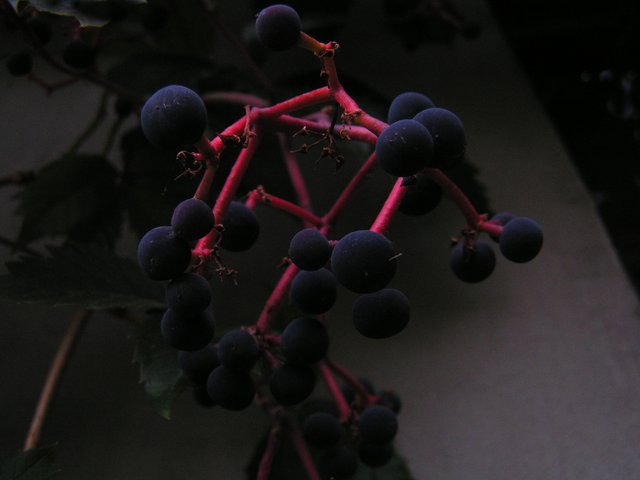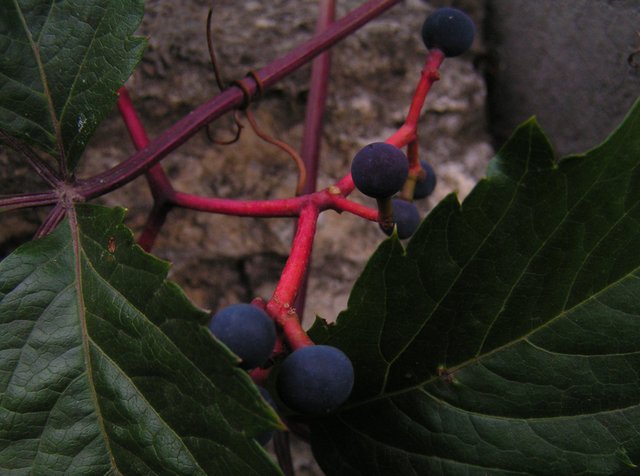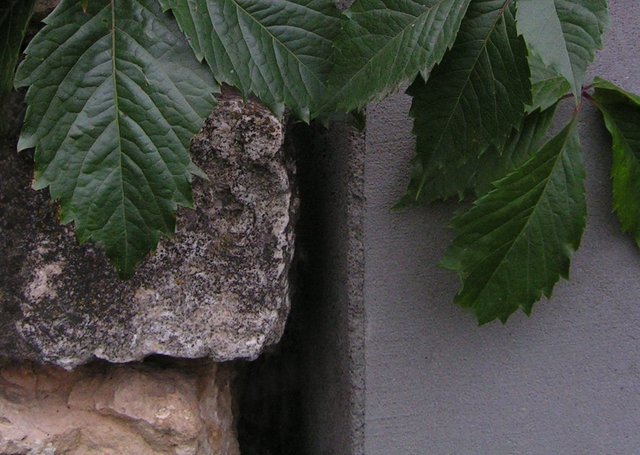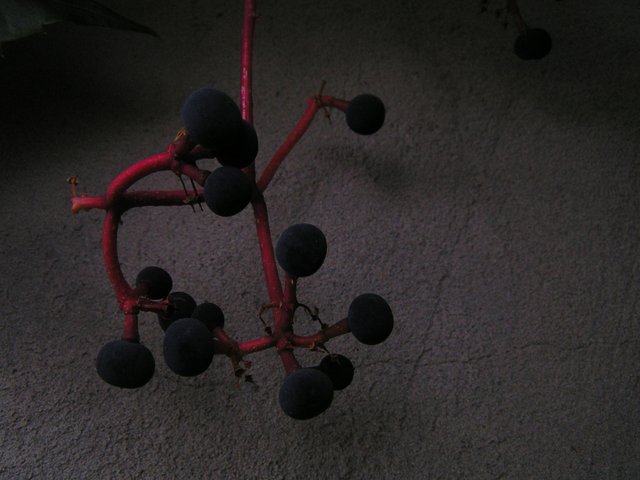Photo contest: post processing #22: shadow in the shadow
The current theme of the Photo contest: post processing #22 was proposed by me and I thought that I could handle it very easily myself, because I have an abundance of different shadows in my archive. But it was not there... there are many different photos from the category of creative, but somehow they did not move me to think in this direction and I did not understand what to write about them at all, because creativity does not require any explanations, it speaks for itself.
And I decided to get away from this problem that I had created for myself: to go completely into the shadows. In the shadow of implicitness and understatement, which always exist in order to sculpt the form and reveal the color.
One of the contestants was interested in how we would see the world if objects did not give shadows. Now I understand that we would see the world colored and flat. We could determine the volume of objects only by touch. Thanks to the color, we could see their two-dimensional shape, but not the volume, which is formed by shadows and reflections from neighboring objects. But if you exclude shadows, then you will have to exclude reflexes, since they are phenomena of the same order. I think so. Artists who draw from nature will understand what I'm talking about. They repeat the shape created by shadows and reflexes on canvas and sheet with a brush and paints.

This is not the process of copying what you see, but the process of searching for these shadows and reflections. You need to get used to this kind of work in order to notice all the gradations in the shadows and the role of reflexes in creating the form. Hence the name: painting. This is a process similar to nature. This is complicity.

But the photographer also sees volumes, chooses angles and building compositions, determines the centers of attention. In this photo you can see what caught my attention - the shape and velvety blue color of a wild grape berry, located in the shade created by the leaves. Red stems, like arteries, attract the viewer's attention to this particular berry. Here, for the first time, I thought that if there were no shadows, then these stems would look completely flat with a uniform color. But what this color would be, it's not clear to me yet. Probably somewhere in between the darkest and the lightest.
Shadows build our visual world and ask riddles, drawing attention to what we obviously don't see. What is in the shadow of this gap? Anything can be there, but every viewer's imagination will draw something of its own, funny or scary.

I thank the organizer of the contest @bambuka for choosing the topic I proposed and for this endlessly ongoing "party" :)

everything is right... if you remove shadows, you lose volume
Interestingly, there is a shadow from an object, with a shape, geometry,... and sometimes it's just a shadow.
A cloudy day is also the result of the shadow from the clouds))
всё верно... убираешь тени - лишаешься объёма
Что интересно, бывает тень от объекта, с формой, геометрией,... а бывает просто тень.
Пасмурный день это ведь тоже результат тени от облаков))
Nope, says the bat.
But if you remove volume, you lose shadows and echoes.
Really? asks Alice from behind the mirrors.
And the rabbit taught: really - since non-voluminous objects can not have matter to reflect sound nor to interrupt light.
So I had nothing more to add to my previous speakers.
The bat knows a lot about echo :)
Echo and shadow... an interesting analogy, there is something in this... all of them are traces.
This is an often cited common place - but who can take warranty that it is true?
I am an artist, and if I am asked a question about what I drew there, then I do not want to answer anything, because the viewer who asked such a question is not yet ready to perceive what I said through lines and colors. I'll wait for my viewer or I don't need him at all, but I won't explain to anyone. With photography, everything is somewhat different, because photography is realistic in any way, but if I create an abstract or some other image from realistic, then it also does not require any explanation and will tell something only to the viewer who is ready to perceive it.
This is your opinion - and mine too!
But our opinion does not simply allow to generalize like
So, we could keep the common place formula - or we could leave it. I for my own part decided to leave it. The main reason for my decision was nothing from the above sketched arguments, but the communicative experience: that those who use the formula in most cases misuse it for hiding their thoughts and skills behind some mystery.
It seems to me that the main thing depends on the purpose of the "creator".:
2-3 become a field for the work of art critics, and the success of artists depends only on them.
Zuerst - ich bin ein Klugscheißer. Ich kann es nicht ändern, fürchte ich.
Zweitens - ich diskutierte mal mit einem Bekannten darüber, was Kunst ist. Als er sagte: Kunst ist das, was der Kunstmarkt als Kunst betrachtet - brach ich das Gespräch ab.
Drittens - ich kann kreativ sein und darüber reden, ich kann aber selbst bei eigenen Werken nicht immer erklären, warum es so ist, wie es ist. Das ist normal. Daraus folgere ich aber kein allgemeines Gesetz. Ich entdecke (!) von Fall zu Fall, was erklärbar ist. Kreativität und Kunst sind geheimnisvoll, aber keine übersinnlichen Mysterien.
First - I'm a smart ass. I can't change it, I'm afraid.
Second - I once had a discussion with an acquaintance about what art is. When he said: art is what the art market considers art - I broke off the conversation.
Third - I can be creative and talk about it, but I can't always explain why it is the way it is, even with my own work. That is normal. But I don't conclude a general law from that. I discover (!) from case to case what can be explained. Creativity and art are mysterious, but not supernatural mysteries.
Your approximation to the shadow phenomenon looks and reads very interesting!
It is a photo contest - but don't rely too much on eyes and light. ;-))
3-dimensional perception is possible without them. Nevertheless you are very right to point on the contribution of shadows to VISUAL perception of volumes and surfaces.
I thank you for your understanding. In fact, I did not hope for the success of all these reflections and spontaneous conclusions :)